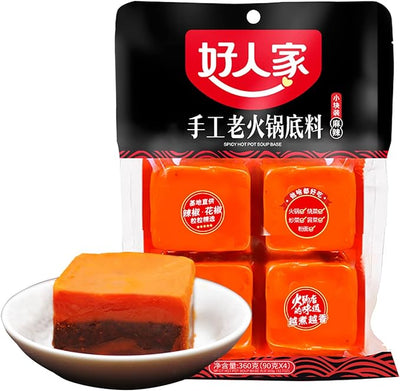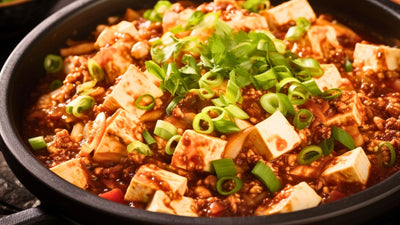It's a classic and long-selling item that can be found in every country.
And such products always come in retro packaging with a strong impact.
Today we would like to introduce you to ``Oshugi Jusanka,'' which has a huge presence in the Taiyo Market store .
It is pronounced as "Wangshouyi Shisanshan".
Since it's difficult to remember, we Japanese people think it's okay to say "Oushugi Jusankou" or "Juusankou."
What is included is...
・Cinnamon bark (Cinnamon and cinnamon are often confused, but they are actually different. However, the scent is similar)
・White cabbage (this is the root of the Japanese cabbage and shishiudo. It is also known as an alpine plant in Japan, but I have never heard of it being used in Japanese cuisine.)
・Fennel
・Aniseed
·ginger
・White bean crown (sandal bean, circular white cardamom)
・Mentha
·cloves
・Mokko (Mokko) is a plant of the Asteraceae family that also grows in Japan, but I have never heard of it being used in Japanese cuisine.
・Chen Pi
·Black pepper
・Octagonal
・Pepper pepper
is. It's almost Chinese medicine.
It smells like ``Hmm, it's real...''.
Five-spice powder (wushan feng) is famous as a pre-mixed spice in Greater China, but it contains more than twice as many ingredients.
When I bring this as a souvenir to a Chinese person living in Japan, they say, ``Ah, that reminds me of something.''
The origin of Thirteen Incense is said to date back to 1100 AD, when Xinglongtang released a secret seasoning in Kaifeng, the capital of the Northern Song Dynasty.
This mysterious and secret seasoning gained popularity and was apparently widely used in court cuisine at the time.
The heir to Koryukyu? In 1959, based on this secret seasoning recipe, Wang Juichi developed a new product based on a new theory, using more than 20 types of natural spices and herbs.
And he named it "Shi Sanshan".
The number 13 is used to mean "many" and does not necessarily correspond to the actual number of ingredients in the product.
This Thirteen Incense was released under the product name " Wangism Thirteen Incense " by Zhumadian Wang Shouyi Thirteen Incense Seasoning Group Co., Ltd., which was established by the Wang family in 1984. ), Wang Yinliang (Wang Yinliang) and three generations of father and son made it a big hit.
The company that sells it is now the largest natural seasoning manufacturer in China.
So, how should we use this mysterious Jusanka? However, if you use a small amount of it in all kinds of Chinese dishes, the aroma will become much closer to the real thing.


For example, you can add some sprinkles to the recently popular dishes such as Daji Pie and Lu Ro Han while cooking or after cooking a small amount to bring out the flavor.
It's delicious when used in small amounts in classic dishes such as mapo tofu and various types of stir-fried vegetables, and some people even add it to Chinese-style instant ramen.
I also received a comment that it is indispensable for gyoza! It sure looks delicious.

Would you like to try Shi Sanshan , a mysterious super spice with a history of over 900 years?
It is sure to be useful in a variety of situations, including everyday use at home and developing new menus for restaurants.


















